Exploring the Impact of CNC Metal Parts on Manufacturing Efficiency: Key Trends and Innovations
The manufacturing industry is undergoing a transformative shift with the advent of advanced technologies, and CNC metal parts are at the forefront of this evolution. Computer Numerical Control (CNC) machining has revolutionized the way components are produced, offering unprecedented precision and efficiency in the manufacturing process. As industries demand higher-quality products with faster turnaround times, the adoption of CNC metal parts has become a pivotal trend that not only enhances operational efficiency but also contributes to significant cost savings.

In recent years, innovations in CNC technology have further propelled its impact on manufacturing. With the integration of automation, artificial intelligence, and advanced materials, manufacturers are increasingly turning to CNC metal parts to streamline production workflows and enhance the scalability of their operations. This introduction sets the stage to explore the emerging trends in CNC machining, including advancements in automation technology, the rise of custom CNC metal parts, and the implications of these innovations for manufacturing efficiency.
As we delve deeper into this topic, we will uncover how CNC metal parts are shaping the future of manufacturing, enabling businesses to meet the evolving challenges of a competitive market. By examining key trends and innovations, we aim to highlight the critical role that CNC metal parts play in driving efficiency, productivity, and the overall growth of the manufacturing sector.
Emerging Innovations in CNC Metal Parts Technologies Enhancing Production Efficiency
The introduction of advanced CNC metal parts technologies has created substantial shifts in manufacturing efficiency, showcasing a trend towards increased automation and precision. According to a recent market research study, the global CNC metal cutting machine tools market is poised for significant growth, driven by heightened demands across various industries. Emerging innovations, such as adaptive machining and smart sensors, are enhancing the functionality and capabilities of CNC machines, leading to reduced cycle times and improved product quality.
As manufacturers strive for operational excellence, the integration of digital technologies becomes essential. For instance, predictive maintenance models are being adopted to minimize downtime, with studies indicating that proactive maintenance can reduce unplanned equipment failures by over 30%. Furthermore, the implementation of IoT in CNC machining allows real-time monitoring, thereby enabling manufacturers to make data-driven decisions that enhance productivity.
Tips:
1. Consider investing in smart sensors for your CNC machines to track performance more accurately and avoid unnecessary downtimes.
2. Implementing an IoT strategy could facilitate better data collection and analysis, thus driving continuous improvement in manufacturing processes.
The Role of Data Analytics in Optimizing CNC Machining Processes for Productivity
The CNC machining industry is experiencing significant growth, with the global market expected to rise from $101.22 billion in 2025 to $195.59 billion by 2032, reflecting a compound annual growth rate of 9.9% during the forecast period. This surge can be largely attributed to advancements in data analytics, which play a crucial role in optimizing CNC machining processes and enhancing productivity.
By leveraging data analytics, manufacturers can gain valuable insights into their machining operations, enabling them to identify inefficiencies and implement targeted improvements. This technology facilitates real-time monitoring of machines, helping to predict maintenance needs and reduce downtime. As manufacturers continue to integrate data analytics into their workflows, we observe a trend toward smarter, more adaptive machining processes that enhance overall efficiency.
Tip: Implementing a robust data analytics system allows for continuous learning and improvement. Prioritize data collection at every stage of production to build a comprehensive dataset that can inform your decision-making.
Tip: Consider investing in employee training programs focused on data interpretation and analytics tools. Empowering staff with the skills to utilize data effectively can lead to significant gains in productivity and operational efficiency.
Impact of Advanced Materials on CNC Metal Parts and Manufacturing Durability
The utilization of advanced materials in CNC (Computer Numerical Control) metal parts has significantly transformed the landscape of manufacturing and durability. Recent industry reports indicate that the adoption of materials such as titanium alloys and high-strength steels has led to a notable increase in part performance and lifespan. According to the latest market analysis from Techsci Research, the global CNC machine market is projected to reach USD 100 billion by 2025, driven by innovations in material technologies that enhance durability and reduce wear rate by over 30%.
Moreover, the integration of advanced composites in CNC machining processes has yielded benefits in both weight reduction and strength enhancement. For instance, a report by MarketsandMarkets reveals that incorporating carbon fiber-reinforced plastics can improve the tensile strength of CNC parts by up to 50% while simultaneously lowering production costs. This trend highlights the importance of optimizing material properties to achieve more efficient manufacturing processes and longer-lasting components, ultimately boosting productivity in various sectors such as aerospace and automotive.
Automation and Robotics: Revolutionizing CNC Metal Parts Production Lines
The integration of automation and robotics in the production of CNC metal parts is transforming the landscape of manufacturing efficiency. These technologies not only enhance precision but also significantly reduce production time and labor costs. Automated CNC machines can operate continuously, with minimal human intervention, allowing for more consistent output and the ability to scale production rapidly. As manufacturers embrace these innovations, they are seeing a shift towards smarter production lines that can adapt to varying production demands while maintaining high-quality standards.
Moreover, the introduction of collaborative robots, or cobots, further complements traditional CNC machines by assisting human workers in complex tasks. These machines are designed to work alongside operators, enhancing safety and efficiency on the shop floor. With real-time data analytics and machine learning algorithms, manufacturers can optimize their processes, predict maintenance needs, and reduce downtime. This evolution in CNC metal parts production not only drives greater operational efficiency but also propels companies towards a more sustainable and competitive future in the manufacturing sector.
Exploring the Impact of CNC Metal Parts on Manufacturing Efficiency: Key Trends and Innovations
| Trend/Innovation | Description | Impact on Efficiency | Implementation Year | Future Prospects |
|---|---|---|---|---|
| Automation | Integration of automated systems to streamline production processes. | Increases production speed and reduces human error. | 2021 | Expected to grow with advances in machine learning. |
| Robotics | Utilization of robotic arms for precision and repetitive tasks. | Enhances accuracy and reduces cycle times. | 2020 | Innovations in AI could lead to smarter and more flexible robots. |
| 3D Printing | Additive manufacturing techniques for metal parts. | Reduces waste and allows for complex geometries. | 2019 | Growth in materials and speed of printing technologies. |
| IoT Integration | Connecting machines to the internet for monitoring and control. | Allows for real-time data analysis and predictive maintenance. | 2022 | Continued expansion as network technologies improve. |
| Advanced Materials | Use of high-strength and lightweight materials for metal parts. | Enhances product durability while reducing material costs. | 2021 | Innovations in material science may yield new options. |
Trends in Sustainable Practices for CNC Machining and Their Efficiency Benefits
The CNC machining industry is undergoing significant transformations driven by sustainable practices and advanced technologies. According to recent market reports, the global CNC milling machines market is set to grow from $83.09 billion in 2024 to an impressive $103.92 billion by 2032, reflecting a robust adoption of Industry 4.0 principles. This surge underscores the essential integration of smart manufacturing techniques that not only enhance operational efficiency but also promote environmentally friendly practices.
Incorporating sustainable methods into CNC machining processes, such as utilizing eco-friendly materials and reducing waste through precise automation, is becoming increasingly important. The trend towards AI-driven automation is pivotal in this evolution, as it optimizes workflows and resource management. By leveraging technologies that enhance precision and reduce energy consumption, manufacturers are able to achieve significant efficiency benefits. Innovations in digital manufacturing are enabling factories to minimize their carbon footprint, ultimately leading to more sustainable production methods that meet the growing demand for green technologies in the industry.
Related Posts
-
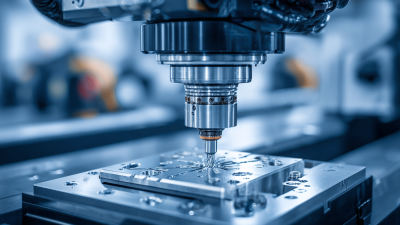
Exploring the 2025 Tech Trends in CNC Metal Machining: Innovations Driving Industry Efficiency
-
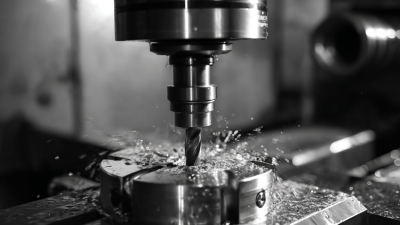
How to Choose the Right Machining Parts for Your Project Needs
-
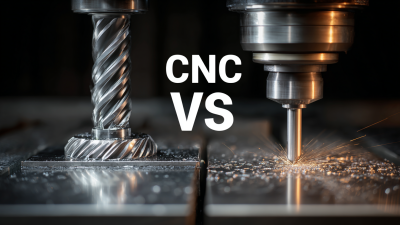
Choosing the Right Manufacturer: A Comprehensive Comparison for the Best CNC Metal Products
-

Finding Top Quality Suppliers for the Best Metal CNC Machines
-
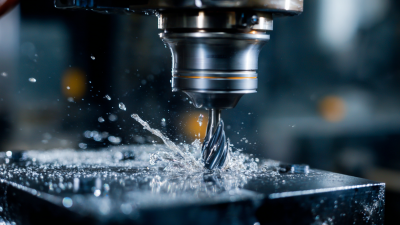
How to Optimize CNC Milling Processes for Maximum Efficiency
-

How to Reduce Maintenance Costs with Exceptional After Sales Service for the Best CNC Steel
Let's Build Together



Contact Us: Call 435-563-3503
-OR- Fill in the form below and we will call you back.
